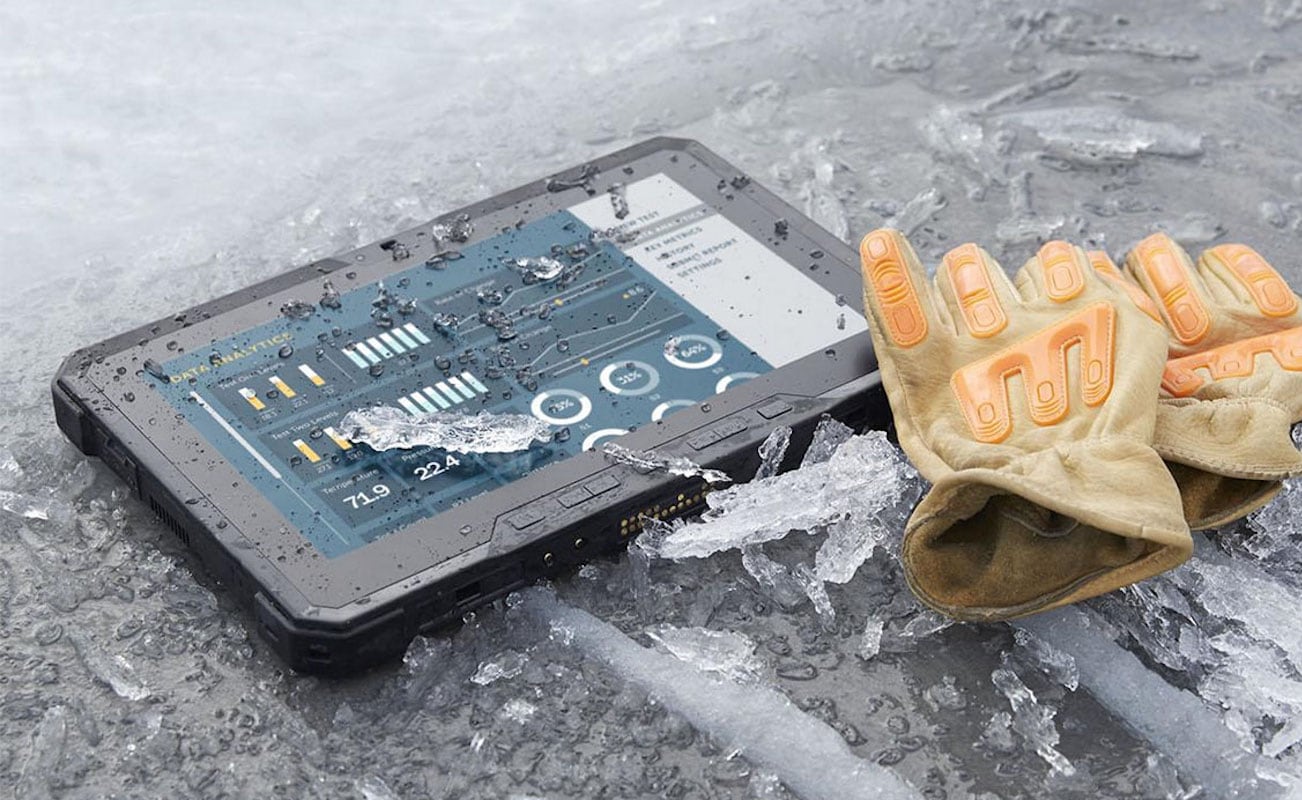The world of rugged electronics is expanding rapidly, with more industries requiring devices that can withstand harsh conditions. From exporters to importers, understanding how to test rugged electronics is crucial in ensuring the longevity and reliability of these devices. This article delves into the essential methods and considerations in the testing processes, providing insights into why it’s important for businesses across the globe.

Understanding Rugged Electronics
Rugged electronics are designed to perform reliably in harsh environments. They are used in various sectors, including military, industrial, and transportation. These devices must endure extreme temperatures, moisture, dust, and mechanical shocks.
Why Test Rugged Electronics?
Testing ensures that the electronics can handle real-world conditions. It verifies durability and reliability, which are critical for performance. Exporters and importers must ensure that the products they trade meet these high standards.
Different Testing Methods
Environmental Testing
Environmental tests simulate extreme conditions like temperature fluctuations, humidity, and altitude. These tests help determine if the electronics can withstand environmental stressors.
Mechanical Testing
Mechanical tests evaluate the device’s durability against vibrations, shocks, and drops. It is crucial for ensuring the device remains functional after physical impacts.
Ingress Protection (IP) Testing
IP testing assesses the device’s resistance to water and dust. This is vital for devices used in outdoor or industrial settings.
Steps in Testing Rugged Electronics
Preparation Phase
Before testing, prepare the device by ensuring it is fully operational and charged. Document its initial state for comparison after testing.
Conducting Tests
Perform the necessary tests based on the device’s intended use. This could include environmental, mechanical, and IP testing.
Analyzing Results
After testing, analyze the results to determine if the device meets the required standards. Look for areas that need improvement or redesign.
Importance for Exporters and Importers
For exporters and importers, ensuring the durability of rugged electronics is essential. It affects customer satisfaction and brand reputation. By understanding how to test rugged electronics, businesses can ensure they are trading high-quality products.
Challenges in Testing
Cost Implications
Testing can be expensive, but it is a necessary investment. It prevents future costs related to repairs and replacements.
Technical Expertise
Testing requires specialized knowledge and skills. Companies may need to hire or train personnel to conduct thorough testing.
Real-World Applications
Rugged electronics are used in various fields, from industrial embedded computers to rugged panel PCs for industry. Each sector has unique testing requirements to ensure the devices meet specific demands.
Industrial Use
In industries, devices must withstand continuous usage and environmental challenges. Thorough testing ensures they remain operational.
Transportation
In transportation, rugged electronics must handle constant motion and potential impacts. Testing ensures they can sustain these conditions without failure.
Future Trends in Rugged Electronics Testing
As technology advances, testing methods are becoming more sophisticated. New trends include automated testing and simulation technologies that provide more accurate results.
Conclusion
Understanding how to test rugged electronics is vital for ensuring their functionality and durability. For exporters and importers, ensuring the robustness of these devices translates to better business outcomes and customer satisfaction. Embracing effective testing methods is a step toward achieving these goals.

Faqs
What are rugged electronics?
Rugged electronics are devices designed to operate reliably in harsh environments, including extreme temperatures and mechanical stress.
Why is testing important?
Testing is crucial to ensure the device’s durability and reliability, preventing future costs and maintaining customer satisfaction.
How can exporters benefit from testing?
By ensuring their products meet high durability standards, exporters can enhance brand reputation and customer trust.
For more insights on rugged technology, check out this external article.
Learn more about rugged electronics in transportation and rugged panel PCs that are shaping the future of industries.


